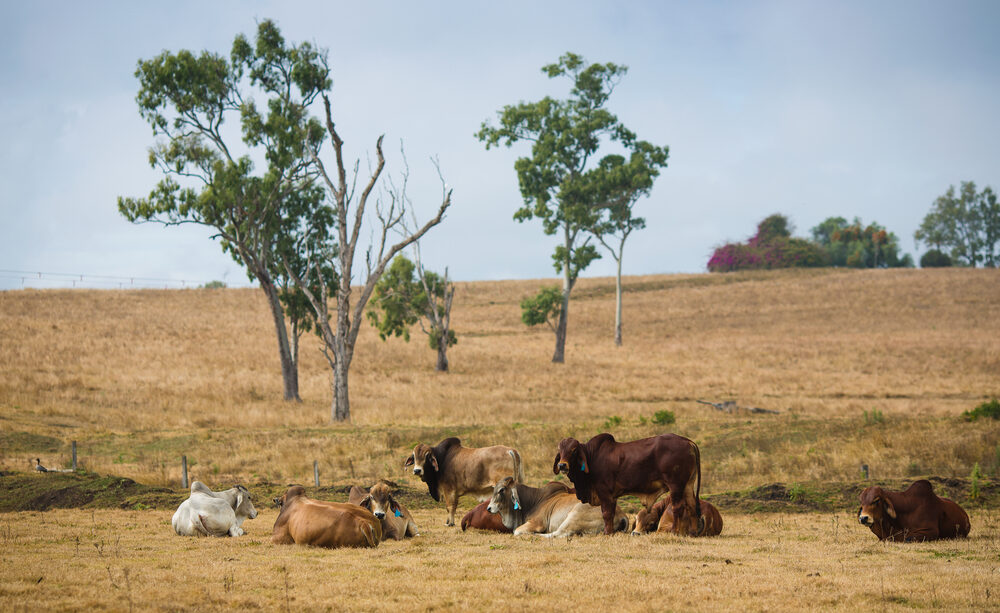Why You Need Beef Cattle Herd Management
The current climate crisis has the world, especially food-related industries, in a frenzy. Although it may be pushing us to examine our consumption choices, how we run our businesses and their impact on the world around us, have many of us at crossroads.
While contributing about $17.6 billion to the Australian GDP, livestock industries also produce about 13% of greenhouse emissions each year which is half of the agricultural sectors’ emissions.
So how can you find a balance between positive environmental contributions and business growth and profitability?
To try and answer this question farmers have attempted to decrease their carbon footprint by switching to renewable energy, buying more efficient refrigerants and delivery vehicles, and providing incentives to their on-farm producers to become carbon neutral by paying premiums. Some farmers have also begun to incorporate new management systems to govern carbon offsets while ensuring industry profitability and aiding the Australian government in achieving its Net Zero goal by 2030.
In particular, beef cattle herd management has proven to be successful in reducing emissions while also simultaneously improving productivity. The key to achieving the best possible results here is by incorporating best practices into every aspect of cattle handling – from arrival to selling and everything in between.
This article sheds light on how effective beef cattle herd management can improve cattle quality while also managing its environmental impact.
The Cattle
Cattle health and low-stress environments are of top priority in ensuring the quality of livestock. The emotional well-being of animals has a direct correlation to their performance which is why the use of the appropriate cattle handling equipment and cattle yards are important. Not only can it affect the quality of meat or the growth of livestock, but their immune systems are highly reliant on their emotional states.
The ability to move and exercise is an important part of reducing stress and releasing tension. Providing the herd with the ability to walk freely and “exercise” can decrease their cortisol levels, which increases immunity — protecting them from viruses and allowing wounds to heal faster.
The use of quality cattle handling equipment also plays a large role in the quality and safety of livestock. A cattle crush, for example, can safely confine livestock as you examine, mark or provide veterinary treatment. This provides farmers with extra support by keeping them and their livestock safe while also saving time and energy throughout the process. With improved immune systems, you’re also likely to see a decrease in the number of veterinary visits needed for cattle, in turn, reducing costs too. It’s a win-win!
The Environment
Beef herd management can also largely contribute to the reduction of carbon emissions per kilogram of live weight produced. A large contributor to GHG emissions is the Nitrogen fertilizers used for pastures which are also present in waste produced by livestock. These fertilizers are commonly used for the revitalization of grazing areas.
Substituting fertilizers with farm-made compost can largely reduce the costs associated as most resources are readily available and a by-product of normal livestock management. Therefore, many farmers have developed creative ways to use every single part of the “production” progress to not only improve productivity but also its impact on the environment.
Composting is one of the most popular and effective strategies used thus far. Not only do food scraps not go to waste but it ensures clean pens and improved land quality. Some farmers also harvest manure from pens for composting and once dried are able to sell it – for extra income.
Another great tactic is the implementation of carbon sequestration which isolates carbon in soil through the photosynthesis of plants. Simply put, the more plants available by growing your own feed, for example, the more carbon is removed from the environment through the process of photosynthesis. Composting in addition to carbon sequestration may provide farmers with the ability to increase their income per acre which could even compare to high-value cultivated crops such as potatoes.
While the introduction of beef cattle herd management sounds daunting at first, it just refers to small changes that you can make to your current cattle management system for an overall greater impact. The examples above show how creative farmers have become in an effort to not only provide for themselves and their cattle but also improve the environment.
For further information about how your cattle crush can be designed to your specific needs, contact Steel Supplies Charters Towers and our expert team will be ready to help.
Image source: Shutterstock (398375923)

